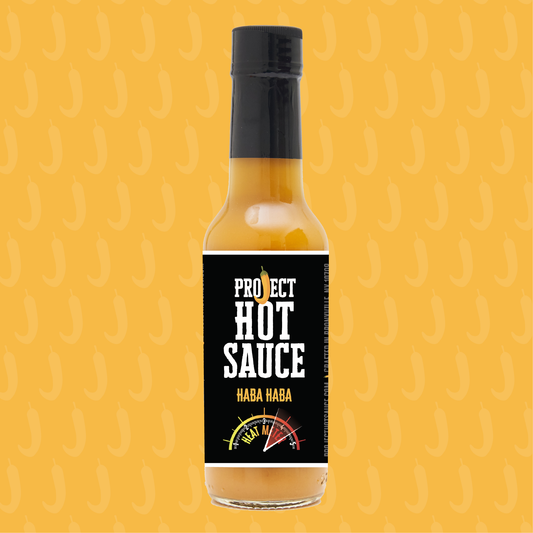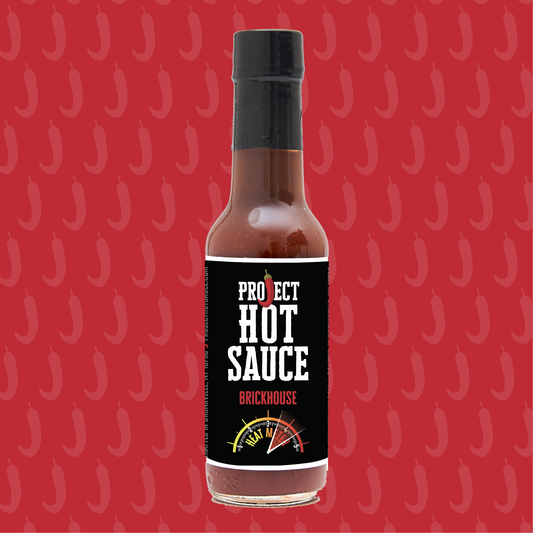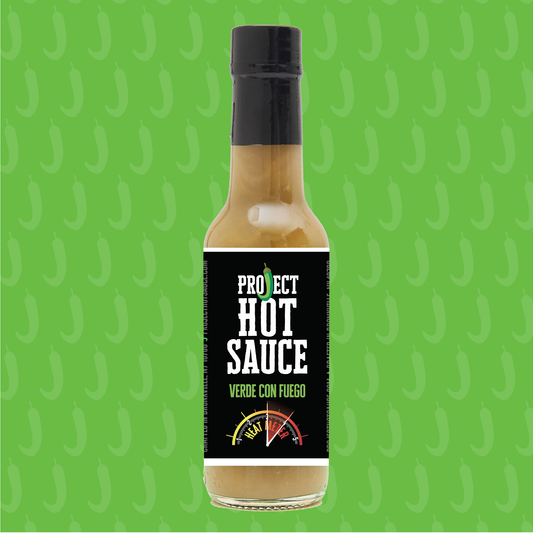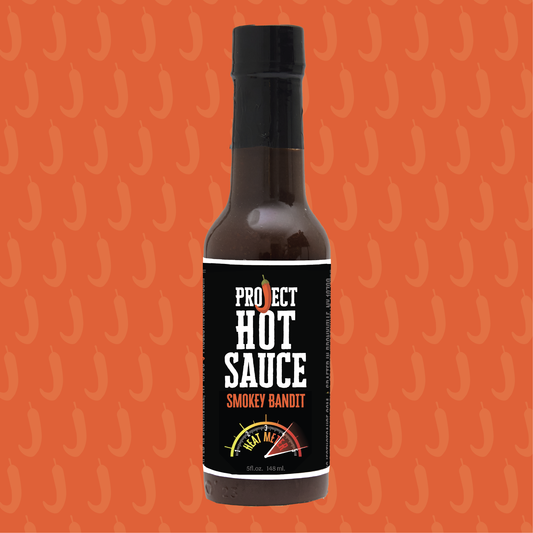The farm-to-bottle hot sauce movement represents a return to traditional food production methods that prioritize ingredient quality, seasonal timing, & direct relationships between growers & producers. This approach creates products that reflect specific terroir characteristics while supporting sustainable agricultural practices & local economies.
Soil Health Foundation Creates Flavor Complexity
Exceptional hot sauce begins with healthy soil that provides peppers with balanced nutrition while supporting beneficial microorganisms that influence plant health & flavor development. Organic farming practices build soil biology through composting, cover cropping, & crop rotation strategies that enhance pepper quality.
Different soil types produce peppers with varying flavor characteristics, similar to wine grape terroir. Clay soils typically create peppers with intense, concentrated flavors, while sandy soils produce peppers with brighter, more delicate taste profiles. Understanding these differences allows producers to select growing locations that support their desired flavor goals.
Mineral availability affects both pepper development & nutritional content. Calcium deficiency can create blossom end rot, while excessive nitrogen produces lush foliage at the expense of fruit production. Balanced soil nutrition programs optimize pepper quality while supporting sustainable production practices.
Biological Soil Enhancement
Mycorrhizal fungi relationships enhance pepper plants' ability to access soil nutrients while improving drought tolerance & disease resistance. These beneficial soil organisms contribute to plant health in ways that synthetic fertilizers cannot replicate, often resulting in peppers with more complex flavor profiles.
Composting programs provide slow-release nutrients while building soil structure that supports root development & water retention. High-quality compost introduces beneficial microorganisms that continue improving soil biology throughout growing seasons.
Soil Testing & Amendments
Regular soil testing enables growers to make informed decisions about amendments & fertilization programs that support optimal pepper production. Understanding pH levels, nutrient availability, & organic matter content helps fine-tune growing conditions.
Natural amendments like rock dust, kelp meal, & bone meal provide minerals & nutrients that support plant health while improving soil structure for long-term productivity.
Seed Selection & Variety Preservation
Many farm-to-bottle producers maintain heirloom pepper varieties that offer superior flavor characteristics compared to commercial hybrids designed for shipping durability & uniform appearance. These varieties often require more careful cultivation but reward growers with exceptional taste qualities.
Seed saving practices preserve genetic diversity while allowing producers to select plants that perform best in their specific growing conditions. This natural selection process gradually develops pepper strains adapted to local climate conditions & soil characteristics.
Open-pollination methods enable genetic diversity within pepper varieties, creating subtle variations that add complexity to finished hot sauces. This contrasts with hybrid varieties that produce uniform peppers lacking the character variations that distinguish artisanal products.
Breeding Programs
Some producers collaborate with seed companies or universities to develop new pepper varieties that combine desirable flavor traits with improved growing characteristics. These breeding programs often take several years but can result in proprietary pepper varieties that differentiate their hot sauces from competitors.
Understanding genetics helps producers make informed decisions about which varieties to grow & how to manage pollination to maintain desired characteristics while preventing unwanted cross-pollination.
Seed Storage & Viability
Proper seed storage techniques maintain viability while preserving genetic integrity of heirloom varieties. Temperature control, humidity management, & container selection affect seed longevity & germination rates.
Testing germination rates before planting seasons helps producers plan appropriate seeding quantities while identifying potential viability issues that could affect crop yields.
Growing Practices That Maximize Flavor
Irrigation management significantly affects pepper flavor intensity & heat levels. Controlled water stress during fruit development concentrates flavors & increases capsaicin production, while excessive moisture can dilute pepper characteristics & reduce shelf life.
Organic pest management strategies protect pepper plants without introducing synthetic chemicals that could affect flavor or safety. Beneficial insect habitats, companion planting, & biological controls maintain ecological balance while producing clean peppers suitable for minimal processing.
Harvest timing determines pepper characteristics including heat level, flavor complexity, & color development. Early harvests typically produce peppers with bright, sharp flavors, while fully mature peppers offer deeper, more complex taste profiles with higher capsaicin concentrations.
Water Management Systems
Drip irrigation systems provide precise water control while minimizing waste & reducing disease pressure from foliar moisture. These systems enable targeted watering that supports optimal pepper development while conserving water resources.
Understanding plant water needs throughout different growth stages helps optimize irrigation schedules for maximum flavor development while maintaining plant health.
Integrated Pest Management
Beneficial insect populations help control pest problems while supporting biodiversity that contributes to overall ecosystem health. Habitat creation & pesticide avoidance encourage beneficial species that provide natural pest control.
Monitoring systems help identify pest problems early while tracking beneficial insect populations that indicate ecosystem balance & health.
Post-Harvest Handling & Processing
Post-harvest handling affects pepper quality through temperature control, cleaning procedures, & storage conditions. Rapid cooling after harvest preserves flavor compounds while proper washing removes field contaminants without damaging delicate pepper skins.
Field heat removal prevents quality deterioration while maintaining pepper freshness during transportation to processing facilities. This step becomes crucial for maintaining optimal flavor characteristics that distinguish farm-fresh peppers from stored alternatives.
Sorting procedures remove damaged or inferior peppers while ensuring consistent quality standards throughout processing batches. Hand-sorting allows for quality assessment that automated systems cannot match.
Temperature Control
Cold chain maintenance from harvest through processing preserves volatile flavor compounds that can dissipate rapidly at elevated temperatures. Understanding optimal storage temperatures for different pepper varieties helps maintain quality standards.
Processing timing affects flavor preservation, with shorter intervals between harvest & processing generally resulting in superior flavor characteristics & nutritional content.
Quality Assessment
Visual inspection identifies peppers with optimal ripeness, color development, & absence of defects that could affect final product quality. Experienced handlers develop skills that enable rapid quality assessment during sorting procedures.
Understanding how different pepper varieties respond to handling helps optimize procedures that maintain quality while minimizing damage or deterioration.
Processing Proximity & Freshness Advantages
Farm-to-bottle operations often process peppers within hours or days of harvest, preserving volatile flavor compounds that diminish during storage & transportation. This freshness advantage creates hot sauces with brighter, more authentic pepper flavors compared to products made from stored ingredients.
On-farm processing facilities eliminate transportation stress that can damage peppers & compromise quality. Custom processing equipment allows producers to optimize their methods for specific pepper varieties rather than using generic industrial processes designed for multiple products.
Direct quality control throughout the entire production chain ensures consistent standards from seed to bottle. Producers can monitor each step personally, making adjustments based on seasonal variations or specific batch characteristics that affect final product quality.
Waste Stream Management
Waste stream management becomes more efficient when production occurs near growing operations. Pepper pulp, seeds, & processing waste can be composted & returned to growing areas, creating closed-loop systems that reduce environmental impact while building soil health.
Understanding nutrient cycling helps optimize waste utilization while supporting sustainable production practices that benefit both current & future growing seasons.
Equipment Optimization
Processing equipment selection can be customized for specific pepper varieties & desired product characteristics rather than generic industrial applications. This specialization often results in superior quality while supporting efficient production methods.
Understanding how different processing techniques affect various pepper varieties helps producers optimize their methods for maximum quality & efficiency.
Seasonal Production Cycles & Planning
Understanding regional growing seasons enables producers to plan production schedules that optimize pepper quality while managing cash flow throughout the year. Most northern regions produce peppers from late summer through early fall, requiring careful harvest timing & preservation planning.
Succession planting extends harvest periods by staggering pepper maturity dates, allowing processors to manage smaller batches over longer timeframes rather than handling entire crops simultaneously. This approach often produces higher quality products while reducing processing bottlenecks.
Preservation techniques like fermentation, dehydration, or freezing allow producers to extend processing seasons while maintaining ingredient quality. These methods require additional equipment & expertise but enable year-round production from seasonal harvests.
Market Coordination
Market planning coordinates production timing with customer demand cycles, ensuring product availability during peak sales periods while managing inventory throughout slower seasons. This requires understanding retail patterns & developing products with appropriate shelf life characteristics.
Understanding seasonal price variations helps producers optimize their production schedules while managing costs & profitability throughout annual cycles.
Production Scheduling
Coordinating multiple pepper varieties with different maturity schedules requires careful planning that optimizes processing efficiency while maintaining quality standards for each variety. This complexity increases with farm size & product diversity.
Labor management during harvest seasons requires coordination between growing & processing activities to ensure optimal timing while maintaining quality standards throughout the operation.
Collaborative Relationships & Community Building
Farm-to-bottle producers often develop long-term relationships with local growers that support both businesses while ensuring reliable ingredient supplies. These partnerships frequently include crop planning discussions, quality specifications, & pricing agreements that provide stability for both parties.
Educational opportunities arise when producers share their operations with customers, building appreciation for agricultural practices & production methods while developing brand loyalty. Farm tours, harvest participation, & processing demonstrations create memorable experiences that differentiate artisanal products from mass-market alternatives.
Community supported agriculture models enable customers to participate directly in funding growing operations while receiving shares of harvest yields. This approach provides growers with operating capital while ensuring customers receive ultra-fresh ingredients for their hot sauce production.
Partnership Development
Long-term relationships between growers & processors create stability that supports investment in quality improvements & specialized growing practices. These partnerships often evolve to include shared equipment, coordinated marketing, & collaborative product development.
Understanding each partner's strengths & limitations helps optimize collaboration while ensuring mutual benefit throughout the relationship.
Customer Education
Direct customer contact through farm visits & educational programs builds appreciation for agricultural practices while creating personal connections that support brand loyalty. These educational opportunities help customers understand quality differences that justify premium pricing.
Transparency about growing & production practices builds trust while differentiating farm-to-bottle products from industrial alternatives that often obscure their production methods.
Project Hot Sauce exemplifies the farm-to-bottle approach through their partnership with Hidden Acre Farm, creating direct connections between pepper growing & hot sauce production that ensure optimal quality while supporting local agricultural communities. This integrated model demonstrates how traditional food production methods can create superior products while building sustainable business relationships.
The farm-to-bottle hot sauce movement continues growing as consumers seek products that reflect authentic agricultural practices, environmental responsibility, & community connections. This approach requires greater investment in relationships & planning compared to industrial models, but results in products that offer distinctive quality & character that mass-produced alternatives cannot match.





